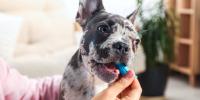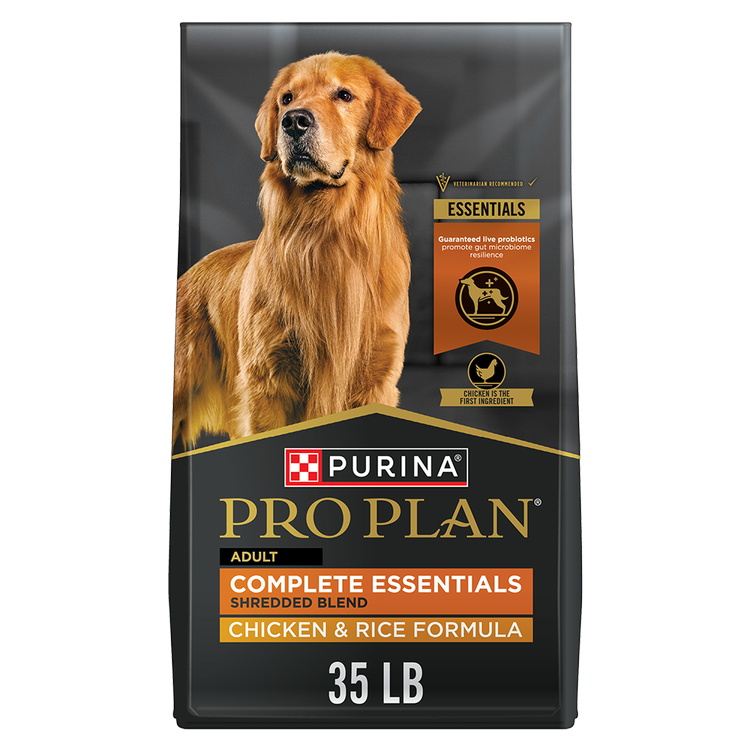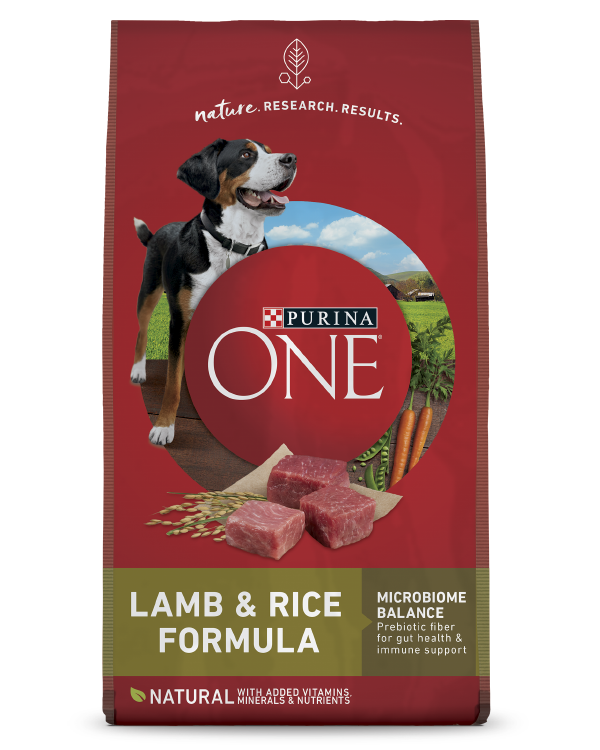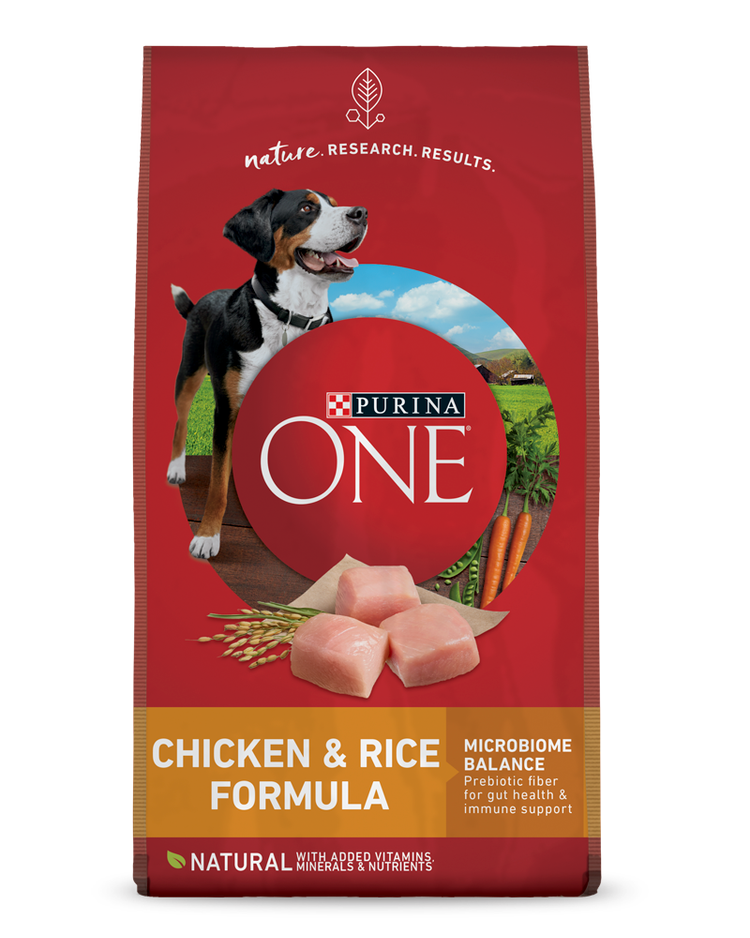Knowing how to brush your dog’s teeth can prevent dental problems (and other serious issues) from developing in your canine companion. An important and often overlooked aspect of dog ownership, oral health plays a key role in your pet’s total body health.
Fortunately, there are several effective options for maintaining healthy dog teeth. These include regular toothbrushing, dental chews and professional cleanings.
Read on to learn more about how to brush your dog’s teeth, including helpful tips and step-by-step instructions.
Why Should You Brush Your Dog’s Teeth?
When dogs eat, bacteria collect on their teeth. This is known as plaque. If you don’t remove plaque from your dog’s teeth through brushing, it can harden to form tartar, which inflames their gums. Left untreated, this can cause periodontal disease, which is often painful.
Brushing your dog’s teeth has other benefits as well. Oral health problems in dogs can lead to health problems throughout the body, including certain kinds of infections or complications with other medical conditions.
If you’re worried your dog has dental health issues, watch for warning signs, such as:
- Visible plaque and tartar
- Reluctance to eat or loss of appetite
- Excessive drooling
- Bad breath
- Swollen, irritated or bleeding gums
- Loose, cracked or missing teeth
- Swelling of the face, especially under the eyes
If you see any of these symptoms, contact your veterinarian immediately.
What to Brush Your Dog’s Teeth With
In order to brush your dog’s teeth, you’ll just need:
- A dog toothbrush. There are toothbrushes specially made for dogs. Some include angled handles and multiple heads. These features are designed to make the process efficient and comfortable for both you and your pet. Finger toothbrushes that fit over the tip of your finger are also an option. If you have a small dog, finger toothbrushes may be too large to reach all areas in their mouth comfortably.
- Toothpaste. Look for options specifically formulated for dogs. They often come in flavors that canines may like, such as beef, poultry and mint.
- Treats. Having dog treats handy can help your pet form positive associations with teeth brushing. They can be especially useful when getting started with teeth brushing.
Can You Brush a Dog’s Teeth With Human Toothpaste?
You should never use human toothpaste in place of dog toothpaste. Human toothpaste can contain xylitol and other ingredients that are harmful to dogs. Similarly, baking soda can upset your pet’s stomach; don’t use it as a toothpaste alternative.
How to Brush Your Dog’s Teeth, Step-By-Step
Here are steps you can take to make brushing your dog’s teeth go as smoothly as possible:
- Make sure your dog is calm and choose a quiet location.
- Start by slowly rubbing your fingers across your dog’s mouth.
- Once they’re used to this, introduce a small amount of dog toothpaste by putting some on the tip of your finger. You can also use a piece of gauze wrapped around your finger to provide some light abrasion.
- Next, introduce a toothbrush. Allow your dog to sniff the toothbrush and become comfortable with it before you start brushing. You may even put some toothpaste on the brush and allow them to lick it off.
- Gently touch the toothbrush to your dog’s teeth, offering them a treat and praise for positive reinforcement.
- Once your dog becomes acquainted with the toothbrush, apply the bristles to the teeth. Brush from the tooth surface to slightly below the gumline, while not brushing the gums directly. Try to brush each side of their mouth for about 30 seconds.
Remember to give your dog plenty of encouragement, praise and treats during this process so they’ll associate teeth brushing with feelings of positivity.
Additionally, wear gloves or wash your hands when you finish brushing your pet’s teeth, as their mouths contain bacteria.
How Often Should You Brush Your Dog’s Teeth?
Ideally, you should brush twice per day. This is the best way to prevent plaque and tartar on your dog’s teeth from accumulating. Brushing becomes more convenient if you make it part of your daily routine—like walking your dog.
At minimum, aim to brush your pet’s teeth a few times per week.
How to Clean Dog Teeth Without Brushing
The best way to keep your dog’s teeth clean is through regular brushing. If they refuse or are uncomfortable with having their teeth brushed, there are other ways to promote oral health.
These options aren’t as effective as brushing, but they can be helpful alternatives while you continue to follow the steps to brushing your dog’s teeth.
Alternatives to brushing your dog’s teeth include:
- Dog dental treats. These can be a tasty way to promote oral health.
- Dental chew toys. The surface of these toys is designed to remove plaque and tartar. But avoid objects with sharp, rough or very hard edges.
- Dental gel. When applied orally, some gels are effective at decreasing plaque formation.
Ask your veterinarian for recommendations.
When to Go to the Vet to Get Your Dog’s Teeth Cleaned
Before you start a new routine for dog dental care at home, schedule a checkup with your veterinarian and see if a cleaning is necessary. Some canines never need professional teeth cleanings, while others may have difficulty maintaining good oral health.
If your dog is scheduled for a dental cleaning, ask your veterinarian if anesthesia is necessary. Depending on your pet’s tolerance and the extent of cleaning required, non-anesthetic cleaning may be an option.
Unhealthy dog teeth can lead to dental disease and potentially other health problems. That’s why it’s important to maintain a routine of regular toothbrushing. If your pet is uncomfortable with having their teeth brushed or they make it exceedingly difficult, talk to your veterinarian about alternatives.
For more expert tips on grooming your canine companion, explore our other articles on routine care for dogs.
Related articles

Reward Yourself with myPurina
Earn and redeem rewards for Purina products with the myPurina app.








